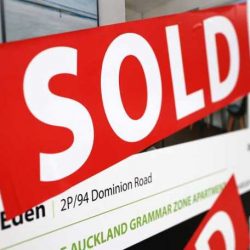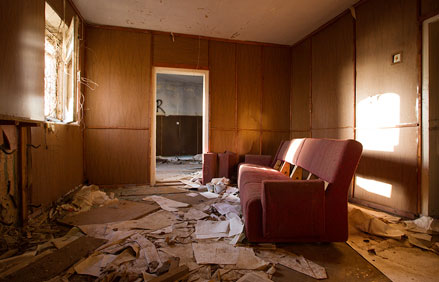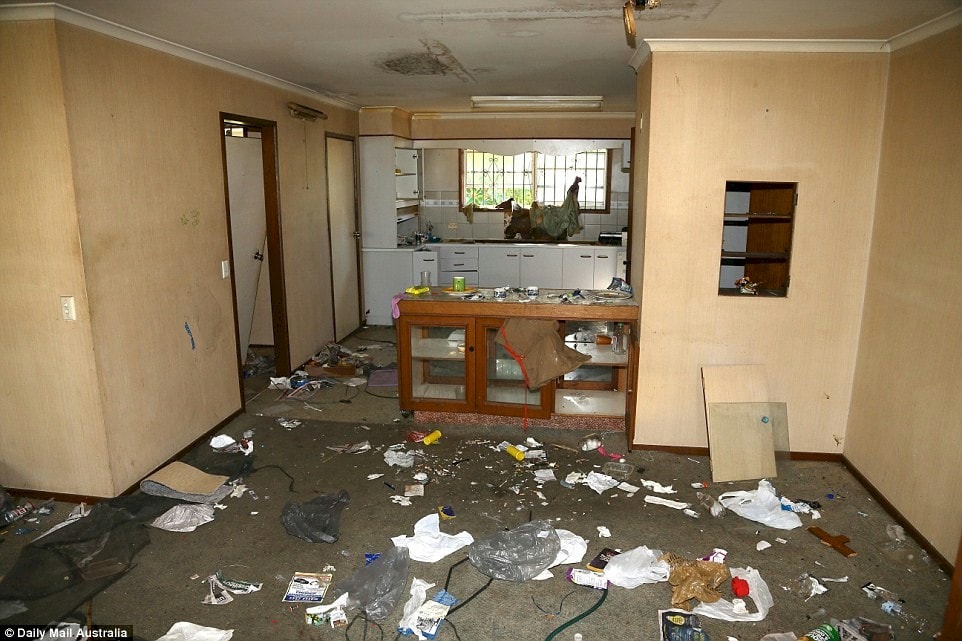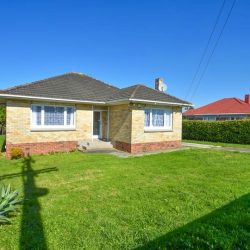About the healthy home standards
In December 2017, the Government passed the Healthy Homes Guarantee Act Regulations 2017. This Act amended the Residential Tenancies Act, and enables standards to be made to make rental homes warmer and drier. The standards set minimum requirements to create warmer, drier rental homes (the healthy homes standards).
Heating standard
The standard
There must be fixed heating devices, capable of achieving a minimum temperature of at least 18°C in the living room only. Some heating devices are inefficient, unaffordable or unhealthy and will not meet the requirements under the heating standard.
World Health Organisation standard
Rental homes are often well below the World Health Organisation’s recommended minimum indoor temperature of 18°C. A large proportion of rental homes have no, inadequate or inefficient heating available for tenants to use to reach an appropriate indoor temperature. 22% of rental homes have no fixed heating in the home and many more homes only have unaffordable or unhealthy heating.
Fixed heating devices
The heating standard will require all rental homes to have a fixed heating device capable of reaching 18°C during the coldest days of winter in the living room. The living room is typically the largest room in the home where tenants tend to spend most of their time, and most bedrooms can be heated by portable heaters which are relatively inexpensive to buy. Heaters that have capacity to reach 18°C, even during very cold weather, are capable of reaching higher temperatures most days of the year.
Online tool
An online tool will be published later this year for landlords and tenants to determine the heating requirements for their living room. Landlords or tenants will not have to measure temperatures inside the home.
Types of heating devices
In most cases, the fixed heating device required will be a larger device such as a heat-pump or wood burner. In some cases such as small apartments, a smaller fixed electric heater will be sufficient. The minimum size of the small fixed heater that the online tool will recommend is 1.5 kilowatt.
Some heating devices are inefficient, unaffordable or unhealthy to run, such as unflued gas heaters, open fires, electric heaters (except heat pumps) with a heating capacity of greater than 2.4 kilowatts, and multiple electric heaters (except heatpumps) in one room. These particular heating devices will not be accepted in the heating standard, meaning that while they can still be used, they won’t meet the standard and the landlord will in most cases need to provide an alternative, acceptable fixed heating device.
Insulation standard
The standard
The minimum level of ceiling and underfloor insulation must either meet the 2008 Building Code, or (for existing ceiling insulation) have a minimum thickness of 120mm.
Insulation
Many rental homes do not have adequate insulation to retain heat and are more likely to be cold and damp. Insulation minimises heat loss from homes making them easier and cheaper to keep warm and dry, and healthier to live in.
Insulation requirements
New ceiling and underfloor insulation must meet the 2008 Building Code insulation standard. Existing ceiling insulation must be at least 120mm thick and in reasonable condition. This new standard aligns with research from the University of Otago, which shows that topping up insulation less than 120mm results in noticeable health benefits.
Insulation exemption
The standard does not require further work from landlords who have installed insulation to meet existing 2016 insulation requirements which remain in force including the 1 July 2019 deadline. The healthy homes insulation standard affects a new group of rental homes that were not required to retrofit insulation under the 2016 requirements. These homes will have approximately 70-120mm of ceiling insulation currently.
Compliance
Landlords still need to comply with the 2016 insulation requirements by 1 July 2019.
Ventilation standard
The standard
Ventilation must include openable windows in the living room, dining room, kitchen and bedrooms. Also an appropriately sized extractor fan(s) in rooms with a bath or shower or indoor cooktop.
Ventilation to prevent mould
Mould is strongly linked to poor health outcomes, such as respiratory illnesses and worsening asthma. Mould also damages walls, ceilings, and floors, and can damage a tenant’s possessions.
The presence of dampness and mould is a particular problem in areas where there tends to be high moisture activities, such as showering or cooking. A study by BRANZ shows New Zealand rental homes have visible mould at greater levels than owner occupied homes, particularly in bathrooms and kitchens.
Industry recommendations
BRANZ recommends opening windows for 10 to 15 minutes to provide sufficient ventilation after showering or cooking, but we know this is not always possible or effective to do, for reasons such as security concerns or weather.
Types of ventilation
Mechanical ventilation, such as extractor fans or rangehoods, is easy to use and noticeably improves the ventilation in a home, reducing the incidence of mould forming. The proposed standard would require all bathrooms and kitchens to have mechanical extract ventilation, in addition to opening windows in habitable rooms.
Moisture ingress and drainage standard
The standard
Landlords must ensure efficient drainage and guttering, downpipes and drains. If a rental property has an enclosed subfloor, it must have a ground moisture barrier if it’s possible to install one.
Moisture
Moisture can also enter a home from outside, such as by rising damp, or water pooling under and around a house, or through leaks in drains. Many rental homes are not sufficiently protected from rising moisture in the subfloor or leaking drains.
Drainage and guttering
The standard ensures adequate protection for rental homes by requiring efficient drainage and guttering as required by the Housing Improvement Regulations and ground moisture barriers in all rental homes with an enclosed subfloor space.
Ground moisture barriers
Ground moisture barriers are an effective and low cost retrofit option for addressing what can be the largest source of moisture entering the home from outside. Ground moisture barriers would be required regardless of existing subfloor vents as these homes are still likely to experience a benefit. This approach creates a simple and easily enforceable standard.
Draught stopping standard
The standard
Landlords must stop any unnecessary gaps or holes in walls, ceilings, windows, floors, and doors that cause noticeable draughts. All unused chimneys and fireplaces must be blocked.
Draughts
Draughts make it hard and expensive for tenants to heat their home, and can limit the benefits of improved insulation and heating. Fixing draughts can be a relatively simple and low cost measure to keeping rental homes warm and dry.
Guidance for landlords
Clear guidance will be available for the draught stopping standard on landlords’ responsibility to stop any unnecessary gaps or holes in walls, ceilings, windows, floors and doors that cause noticeable draughts, and to block unused fireplaces and chimneys. The guidance will clearly detail reasonable thresholds for draughts and how to stop common draughts, so landlords and tenants can be confident of the obligations and measures to be taken.
Compliance with the standards
Compliance timeframes
Compliance with the Healthy Homes Guarantee Act Regulations 2017 standards are:
- 1 July 2021 – From this date, private landlords must ensure that their rental properties comply with healthy homes standards within 90 days of any new tenancy.
- 1 July 2021 – All boarding houses must comply with the healthy homes standards.
- 1 July 2023 – All Housing New Zealand houses and registered Community Housing Providers houses must comply with the healthy homes standards.
- 1 July 2024 – All rental homes must comply with the healthy homes standards.
Demand on industry capacity
Considering the likely level of demand on industry capacity and the ability of landlords to budget and plan for the implementation of the standards, private landlords must comply with the standard within 90 days from entering any new or varied tenancy agreements from 1 July 2021, with all homes compliant by 1 July 2024.
Boarding houses
There is a single compliance date of 1 July 2021 for boarding houses. A single compliance date avoids confusion for when a boarding house needs to comply, given the frequent turnover of tenancies.
Housing New Zealand and registered Community Housing Providers
Housing New Zealand Corporation (HNZ) and registered Community Housing Providers properties have a single compliance date of 1 July 2023. This date reflects the availability of tradespeople nationwide to undertake the work given existing pressures on industry capacity and the ongoing maintenance programme. This date also aligns more closely with the HNZ’s retrofit programme, thus ensuring a cost effective implementation in a timely manner.
Timeframes for existing insulations requirements
Compliance timeframes for the existing 2016 insulation requirements remain in place, homes with no insulation or less than 70mm of insulation need to install or top up their insulation by 1 July 2019. Compliance with the standards
Under the Residential Tenancies Act 1986, landlords are responsible for ensuring their rental properties are in a reasonable state of repair.
Compliance with the healthy homes standards will be the responsibility of the property owner, and the standards don’t place any obligations on tenants.
MBIE’s Tenancy Services Compliance and Investigation team will be able to inspect properties to ensure compliance with the standards. The team’s expanding capacity will enable them to undertake 2,000 risk-based interventions every year.
Landlords that fail to comply with the healthy homes standards may be liable for a financial penalty.

Resolving disputes
If a tenant believes their landlord hasn’t complied with the standards, they should first approach their landlord. If the issue is still not resolved, the tenant can apply to the Tenancy Tribunal for a mediation and/or hearing.
The Tenancy Tribunal has the ability to:
- order a landlord to undertake work, and
- impose a financial penalty of up to $4,000 that is normally payable to the tenant.
A landlord can’t evict a tenant for raising issues about the standard of a rental property.
Mediation is an opportunity for both parties, with the assistance of a skilled mediator, to come to an agreement to resolve the issue.
MBIE can also investigate suspected non-compliance and take cases to the Tenancy Tribunal when a tenant has not complained. In serious cases, a tenant may ask MBIE’s Tenancy Services Compliance and Investigation team to investigate.







